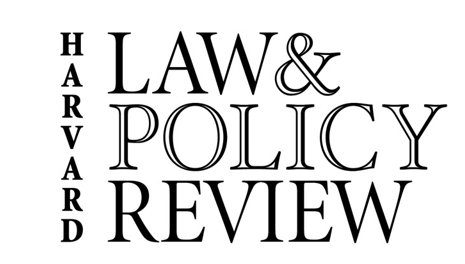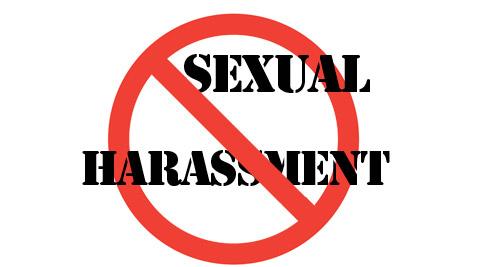by Carney Shegerian*
The Equal Employment Opportunity Commission (EEOC) recently released a report revealing the inadequacy of employers’ efforts to prevent sexual harassment. The EEOC said in a statement that employer training, which has been used for over 30 years, “has been ineffective and focused on simply avoiding legal liability,” rather than preventing harassment from taking place.
Anyone can be sexually harassed in the workplace, regardless of race, gender, sexual orientation or job title. However, the EEOC study revealed a number of factors that put employees at a higher risk for harassment:
- Workplaces predominantly comprised of young workers
- Workplaces with significant power disparities
- Employees who receive tips or work in customer service
- Employees who do low-intensity tasks
- Isolated workplaces
- Workplaces with employees who choose not to conform with social or office norms
- Workplaces that encourage or tolerate alcohol consumption (at holiday parties, company picnics, department meetings, etc.)
- Decentralized workplaces where senior management is not present to witness inappropriate behavior
Whether or not employers operate in a high-risk environment, frequent trainings are necessary to prevent sexual harassment. The EEOC recommends that employers incorporate both bystander intervention and workplace civility basic training into their sexual harassment prevention strategies. Bystander intervention courses show employees the importance of supporting their peers and reporting inappropriate behavior when they see it, while workplace civility basic training discusses appropriate and inappropriate ways of interacting with co-workers.
Ineffective training may be one of the reasons why harassment, both sexual and non-sexual, is the leading cause for complaints filed with the EEOC. But workplace culture is an equally critical—and often overlooked—factor contributing to workplace harassment.
According to the EEOC report, three out of four employees who are harassed at work—whether because of their sexual orientation, gender, race, religion or disability—do not report the harassment to their superiors because they fear retaliation. Instead, these victims chose to ignore or downplay the harassment and avoid contact with the harasser. The EEOC found that having an anti-harassment policy in place did not prevent the inappropriate behavior from occurring, nor did it make employees feel more comfortable about coming forward.
In conclusion, the EEOC report speaks to the need for a cultural shift in the workplace. Sexual harassment prevention policies are not—by themselves—enough to keep employees safe. Employers have the responsibility to create an open and honest culture where employees are valued and do not fear professional or personal retaliation for identifying or speaking up against illegal workplace behavior. This sort of culture must be cultivated at the top of the company so that it may ultimately spread throughout all levels of the company. The ball is now in the court of every senior executive and leadership committee to create a workplace culture where harassment is not permitted and victims are not shamed or ostracized.
*Carney Shegerian is the founding attorney of Los Angeles based Shegerian & Associates. Shegerian’s practice areas of expertise include discrimination, sexual harassment, whistle blower retaliation and wrongful termination, among others. He has an unparalleled success record with over 73 jury trial wins, including over 31 seven and eight figure verdicts.

